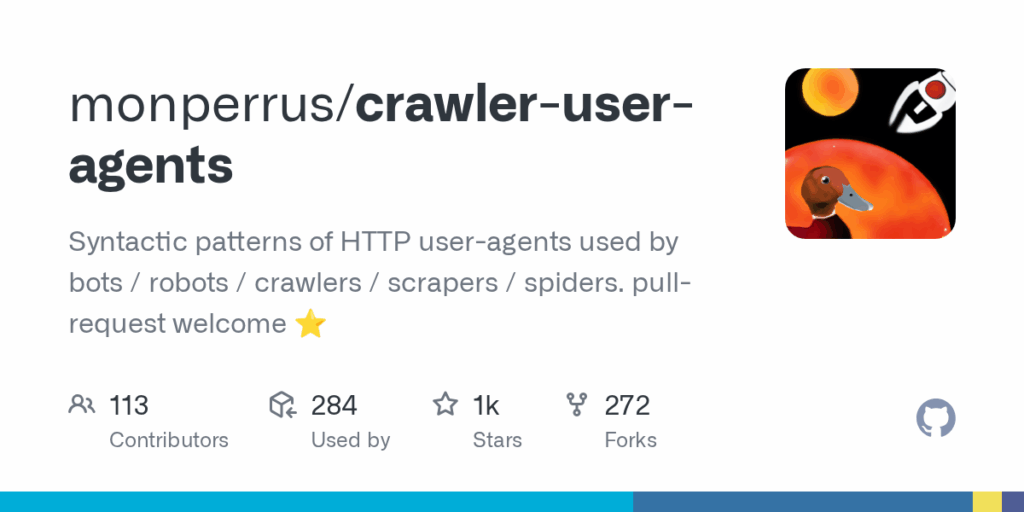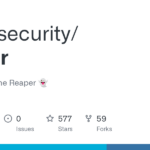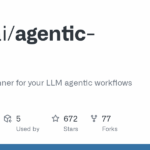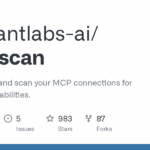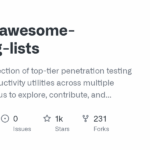crawler user agents
Basic Information
This repository is a community-maintained catalog of syntactic patterns for HTTP User-Agent strings that are used by automated clients such as bots, robots, crawlers, scrapers and spiders. It collects observable User-Agent patterns to help identify non-human traffic in web server logs and application telemetry. The project is presented as a simple dataset and reference rather than a runnable application. It is intended for developers, site operators and researchers who need a factual list of common automated client identifiers. The repository accepts contributions via pull requests which allows the list to stay current with new crawler signatures.
Links
Stars
1296
Github Repository
App Details
Features
A concise, focused collection of User-Agent patterns associated with automated clients. Coverage explicitly targets bots, robots, crawlers, scrapers and spiders as indicated by the project description. Community-driven contributions are encouraged through pull requests to keep the dataset up to date. Lightweight and platform-agnostic content that can be consumed by logging, analytics or detection tooling. The repository structure is minimal and intended to be easy to review and integrate. The resource serves as a reference list rather than an enforcement or filtering tool, allowing downstream projects to adopt their preferred detection strategy.
Use Cases
Provides a ready-made reference for identifying automated HTTP clients to improve log analysis, monitoring and traffic classification. Site operators can use the patterns to tune rate limiting, routing or blocking decisions and to filter out crawler noise from analytics. Developers and researchers can incorporate the list into detection pipelines, dataset labeling and experiments on bot behavior. The community-maintained approach helps the dataset evolve as crawler identifiers change. Because it is a focused source of observed User-Agent patterns, it reduces initial effort required to assemble an authoritative list of automated client signatures.

